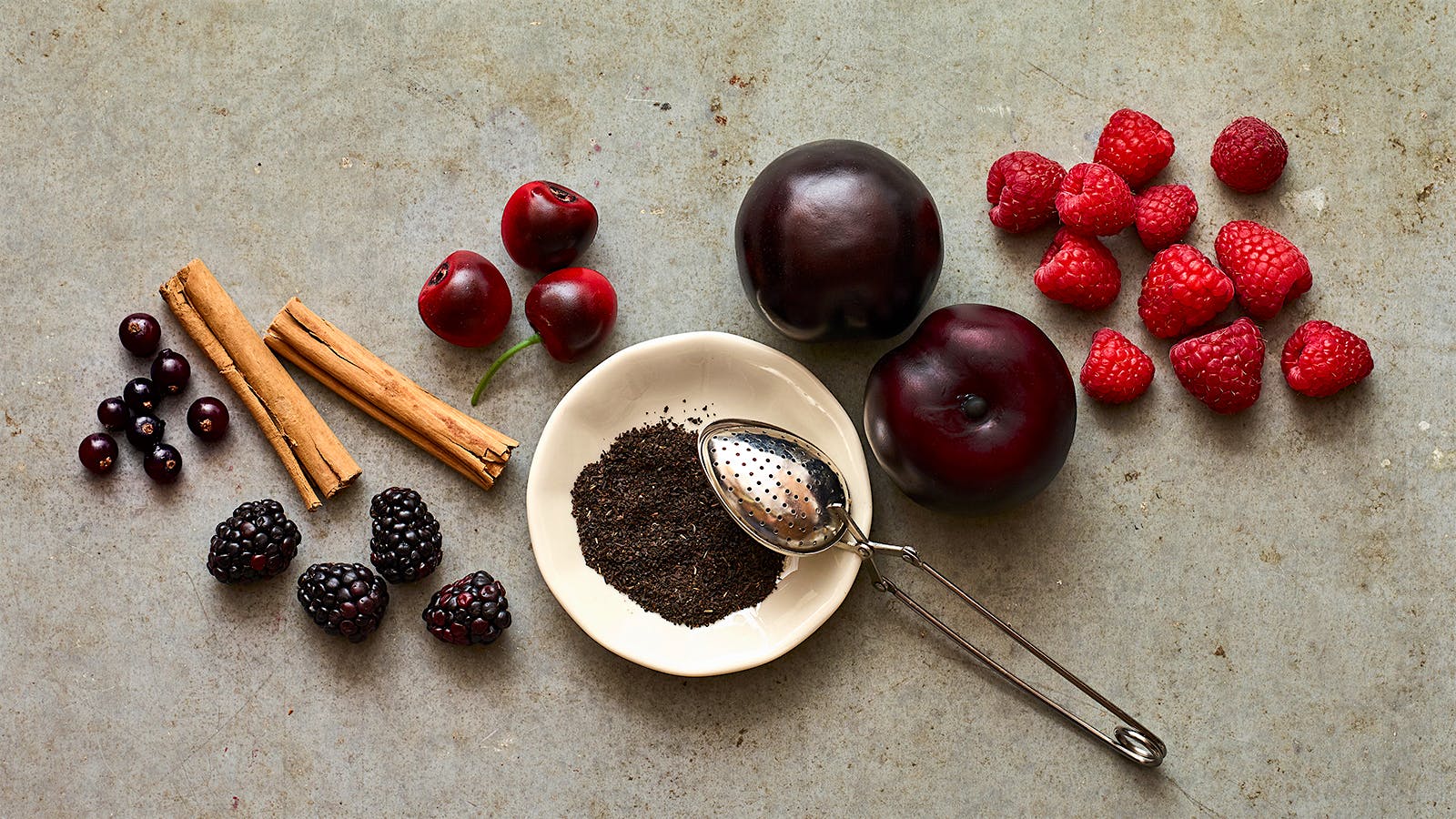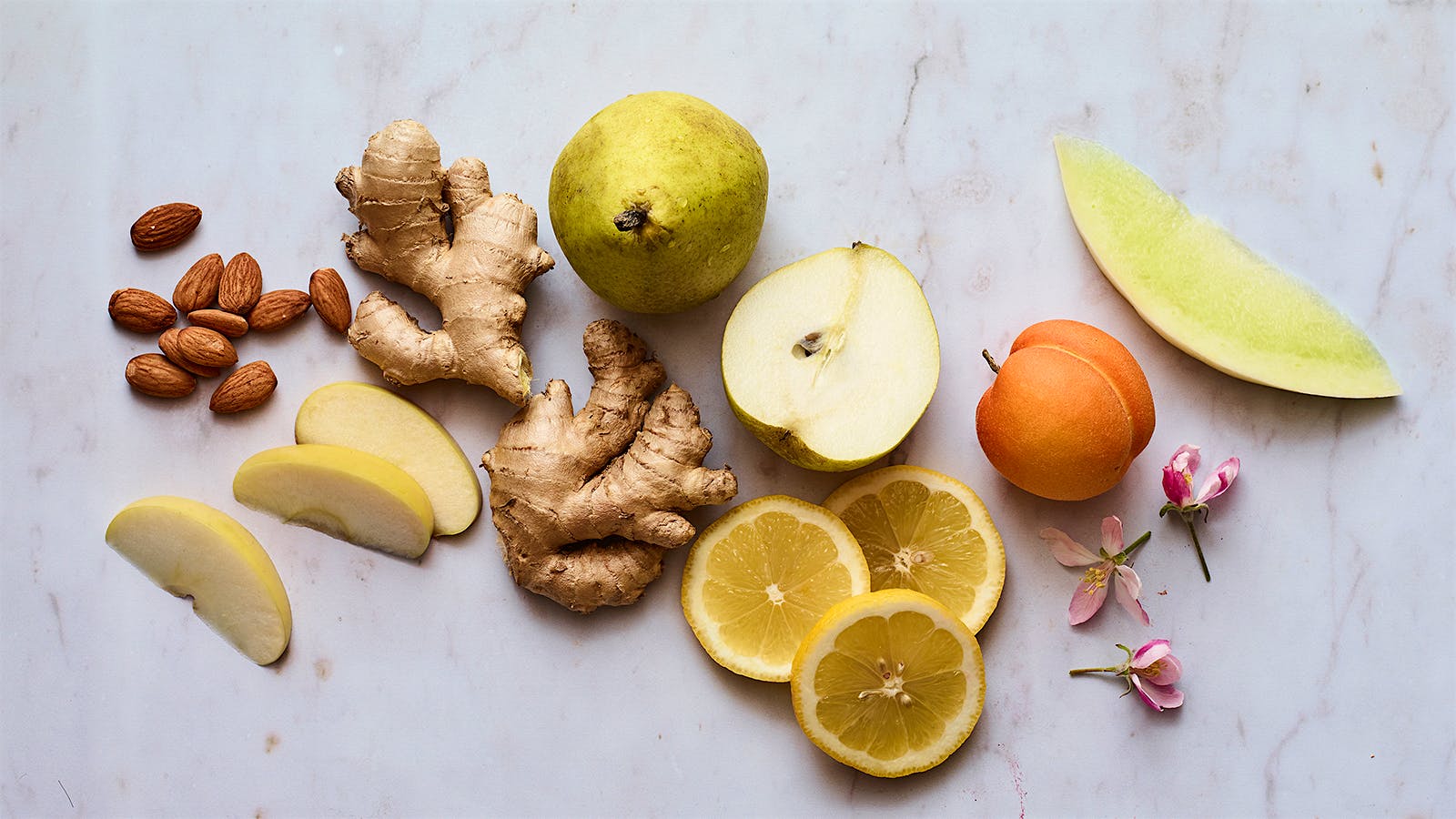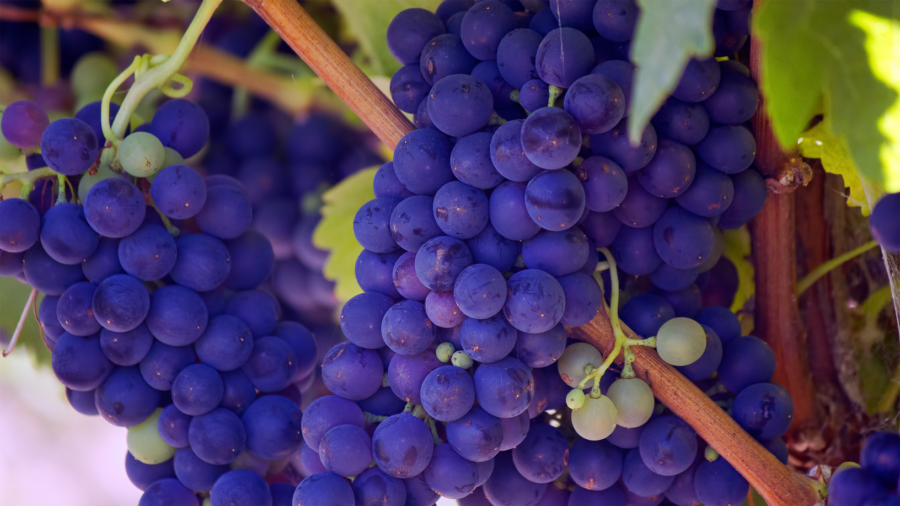Wine begins with a grape.
“More than 1,300 varieties of grapes are used in commercial winemaking…”
The following written content via S.D.
More than 1,300 varieties of grapes are used in commercial winemaking, but a select few Vitis vinifera varieties have earned “noble” status and are responsible for many of the world’s most revered wines.
These grapes are typically centuries old, are celebrated in their native lands and have traveled the globe, finding success in far-flung locales. Their multifaceted personalities shine in myriad soils and climates, delivering countless styles. Wine Spectator’s Know Your Grapes index offers an introduction to each of these important varieties, including origins, key regions, flavor profiles and more.
Red Varieties: Merlot

[mer-LOW]
Characteristics
Merlot is one of the most important Bordeaux varieties along with Cabernet Sauvignon. It’s fleshier and ripens earlier than Cabernet, resulting in softer wines with plush tannins and fruit. Bordeaux is the grape’s native home, where it’s the dominant grape in Right Bank appellations like Pomerol and St.-Emilion and plays a supportive role on the Left Bank. It has also gained an international presence, with a notable boom in California in the mid-1990s, both as a single-variety wine and as part of a blend. While France and California are the most important growers of Merlot, versions from Italy, Australia, Washington, New York and more are worth seeking out.
Merlot grows best in cool soils that retain moisture well, such as clay and limestone. It’s a vigorous, high-yielding grape that demands careful attention in the vineyard in order to achieve quality wines with optimal fruit balanced by acidity. Because of its thin skin and loose bunches, Merlot is also susceptible to frost and rot.
Under ideal conditions, Merlot shines on its own, with ripe, rich fruit flavors including plum, blackberry and raspberry, and adds a layer of plush fruit and suppleness to Bordeaux-style blends. Hints of cinnamon or licorice may arise when Merlot is aged in new oak barrels.
Where it’s grown

Map by Henry Eng France: Bordeaux’s Right Bank
California: Napa, Sonoma
Italy: Tuscany’s Bolgheri and Toscana
New York: Long Island
White Varieties: Pinot Grigio/Pinot Gris

[PEE-no gree/PEE-no GREE-jeeo]
Characteristics
Pinot Gris’ genetic roots can be traced to both France’s Burgundy region and southwest Germany, and is a lighter-skinned mutation of the red grape Pinot Noir. Today, there is relatively little Pinot Gris grown in Burgundy, but it has become significant in France’s Alsace region, home to some of the world’s most lauded versions. It has spread to northern Italy, where it’s known as Pinot Grigio, as well as to New World regions including Oregon. It’s also still grown in Germany, where it’s known as Grauburgunder.
Pinot Gris’ berries are much darker than most white grapes, reaching pink and purple hues. It’s early-budding and early-ripening, and produces relatively low acidity, making it best-suited to cool climates, which allow the resulting wines a degree of freshness. It also has naturally high sugar levels; some producers opt to make late-harvest wines.
In Alsace, Pinot Gris wines are fleshy in texture and medium- to full-bodied, showing subtle orchard and stone fruit accented by floral and spice notes. The best examples remain fresh despite the grape’s natural tendency toward low acidity and high alcohol. However, Italian Pinot Grigio is so different it’s sometimes hard to believe it’s the same grape. Bulk-production versions are made from grapes picked very early, preserving high acidity at the expense of flavor. More serious examples hail from Trentino-Alto Adige and Friuli Venezia-Giulia, where the wines are usually light- to medium-bodied, with a stony, mineral note accompanied by floral, orchard and stone fruit flavors.
Where it’s grown

Map by Henry Eng France: Alsace
Italy: Veneto, Trentino-Alto Adige, Friuli Venezia-Giulia
Read more about the best grapes for wine from Wine Spectator.





